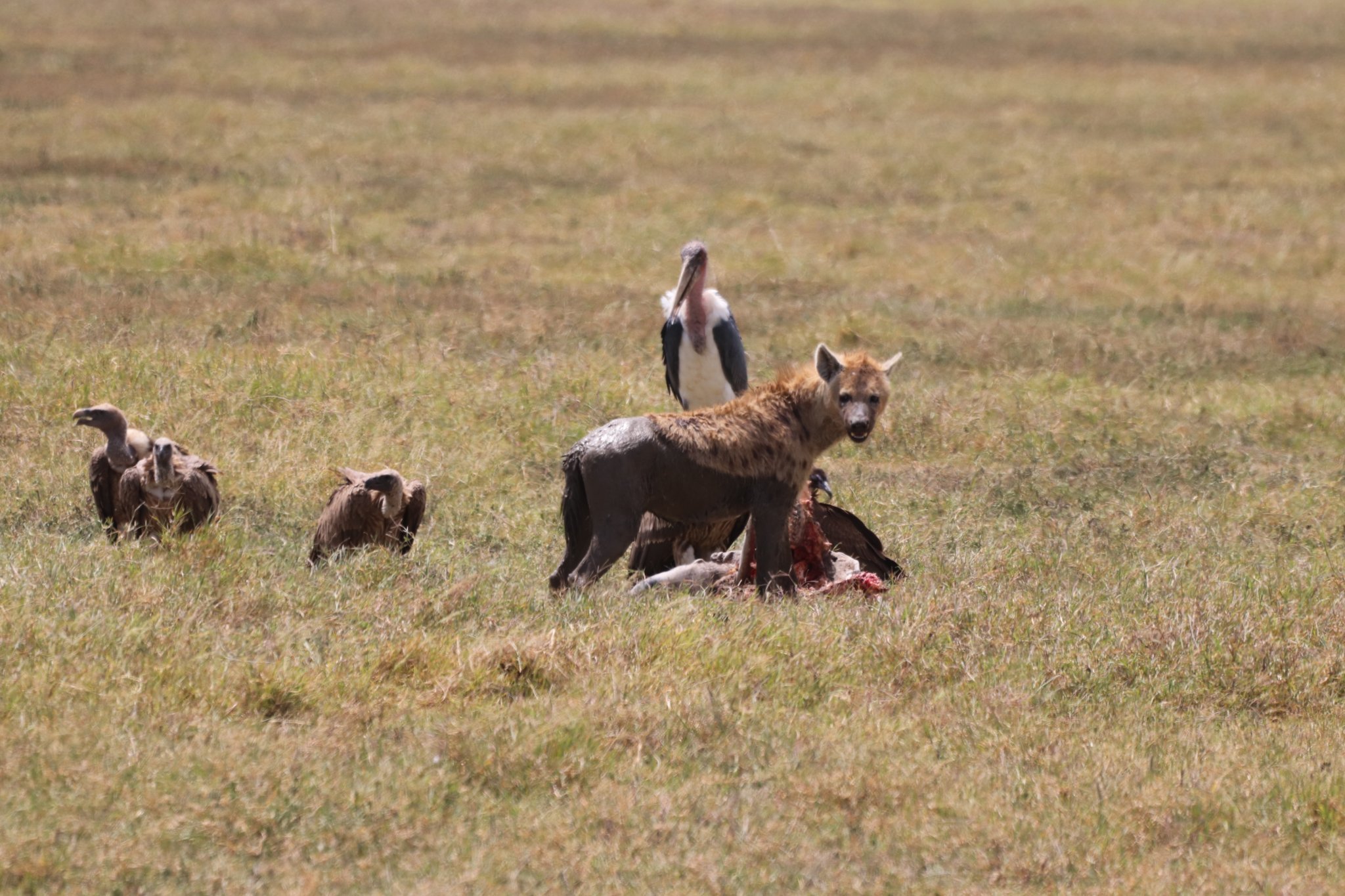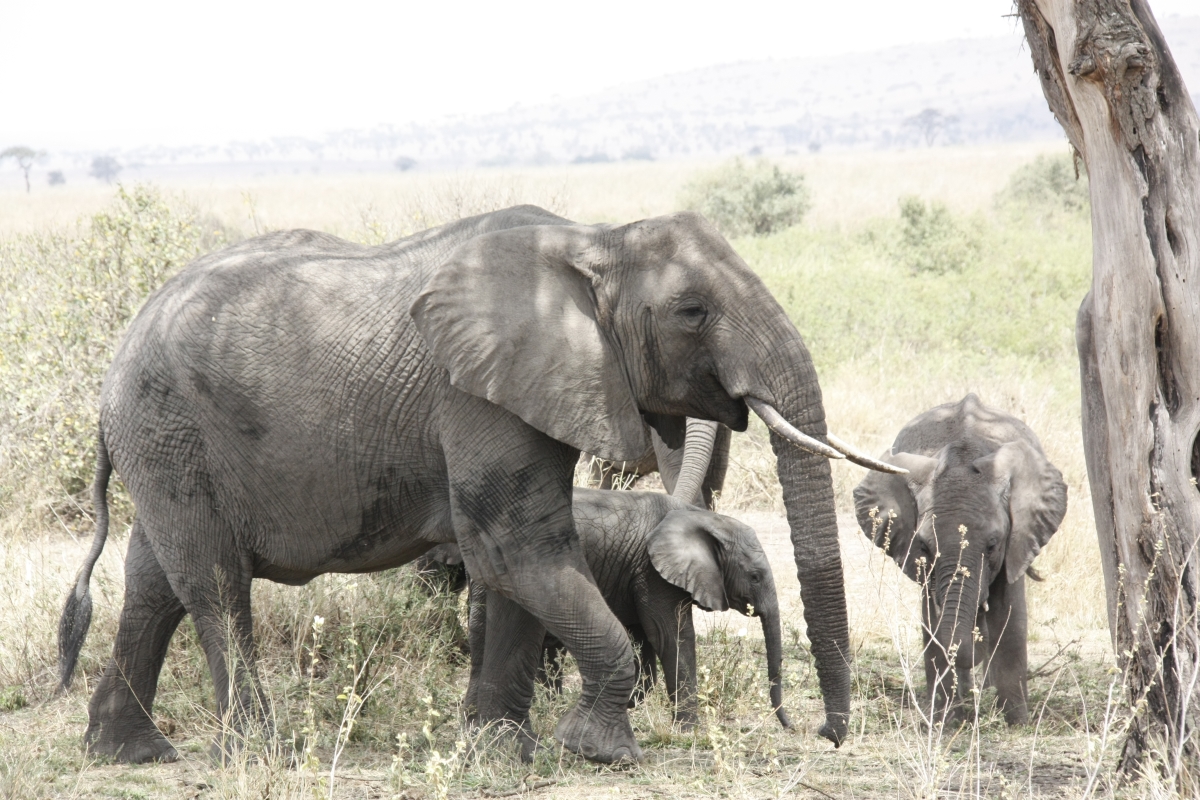Ngorongoro Conservation Area and Crater
The Ngorongoro Conservation Area (NCA) is one of Tanzania’s most famous wildlife conservation areas and a UNESCO World Heritage Site. Known for its breathtaking landscapes, rich biodiversity, and cultural heritage, the NCA offers a unique blend of natural beauty and opportunities for wildlife viewing, trekking, and cultural experiences. Here’s a detailed overview of everything you need to know about the Ngorongoro Conservation Area and its iconic crater.
Location and Geography
- Location: The Ngorongoro Conservation Area is located in the northern region of Tanzania, approximately 180 kilometers (112 miles) west of Arusha. It is part of the larger Serengeti ecosystem and borders the Serengeti National Park.
- Geography: The conservation area spans approximately 8,292 square kilometers (3,200 square miles) and encompasses a variety of landscapes, including highlands, savannahs, forests, and the stunning Ngorongoro Crater itself.
The Ngorongoro Crater
- Formation: The Ngorongoro Crater is the largest intact volcanic caldera on Earth, formed about 2.5 million years ago when a massive volcano erupted and collapsed. The crater is approximately 600 meters (1,970 feet) deep and covers an area of about 260 square kilometers (100 square miles).
- Unique Features: The crater is characterized by its steep walls, rich grasslands, and a variety of habitats that support diverse wildlife. The floor of the crater is home to lakes, swamps, and lush vegetation, creating a unique ecosystem.
Biodiversity and Wildlife
The Ngorongoro Crater is renowned for its rich biodiversity, hosting a wide variety of flora and fauna:
- Wildlife: The crater is home to the “Big Five” (lions, elephants, buffalo, leopards, and rhinoceros) as well as other species like zebras, wildebeests, Thomson’s gazelles, and hyenas. The area is known for its healthy population of black rhinos, making it one of the best places to see these endangered animals in the wild.
- Birds: The Ngorongoro area boasts over 500 bird species, including flamingos, ostriches, and various raptors, making it a paradise for birdwatchers.
Activities in Ngorongoro Conservation Area
- Game Drives: Guided game drives are the most popular way to explore the crater. Visitors can enjoy stunning views of wildlife in their natural habitats and have opportunities to spot the Big Five and other animals.
- Cultural Experiences: Visitors can engage with the Maasai communities that live within the conservation area. Cultural visits often include traditional dances, storytelling, and insights into the Maasai way of life.
- Crater Rim Walks: Guided hikes along the crater rim offer spectacular views of the crater floor and surrounding landscapes. This activity allows for a more intimate connection with nature.
- Photography: The diverse landscapes and abundant wildlife provide excellent opportunities for photography, especially during sunrise and sunset when the lighting is particularly beautiful.
- Picnicking: Enjoy a picnic lunch in designated areas within the crater while surrounded by the stunning natural beauty.
Best Time to Visit
- Dry Season (June to October): The best time for wildlife viewing, as animals congregate around water sources and vegetation is less dense. This is also the ideal time for seeing the Big Five.
- Wet Season (November to May): The landscape becomes lush and green, providing excellent birdwatching opportunities. The calving season of wildebeests and zebras typically occurs from January to March, attracting many predators.
Conservation and Management
The Ngorongoro Conservation Area is unique in that it allows for both wildlife conservation and human habitation. The management of the NCA aims to balance the needs of the local Maasai communities with the conservation of wildlife and the environment. Key points include:
- Sustainable Practices: The NCA promotes sustainable land-use practices to minimize human-wildlife conflict while allowing for grazing and farming.
- Community Involvement: Local communities are involved in conservation efforts, and revenue from tourism supports both wildlife protection and community development.
Accessibility
- Getting There: The Ngorongoro Conservation Area is accessible by road from Arusha (about 3-4 hours) and Moshi (about 5-6 hours). Charter flights are also available to airstrips near the conservation area.
- Conservation Fees: Visitors are required to pay conservation fees, which support ongoing conservation efforts in the area. Royal Climb and Safaris can assist with these arrangements.
Accommodation Options
Visitors to the Ngorongoro Conservation Area have several accommodation options, ranging from luxury lodges to budget campsites:
- Luxury Lodges: Several upscale lodges offer stunning views of the crater, high-end amenities, and personalized service.
- Tented Camps: Comfortable tented camps provide a unique experience, allowing guests to immerse themselves in nature while enjoying modern comforts.
Conclusion
The Ngorongoro Conservation Area is a breathtaking destination that offers a unique blend of stunning landscapes, diverse wildlife, and rich cultural experiences. Whether you’re on a thrilling game drive, engaging with the local Maasai communities, or hiking along the crater rim, your time in Ngorongoro will be unforgettable.
At Royal Climb and Safaris, we are dedicated to crafting personalized safari experiences that cater to your individual preferences. Our knowledgeable guides and commitment to sustainable tourism ensure you will have an enriching experience while supporting conservation efforts in this remarkable region.
Ready to embark on an adventure in the Ngorongoro Conservation Area? Contact Royal Climb and Safaris today to start planning your unforgettable safari experience!




